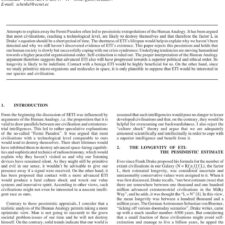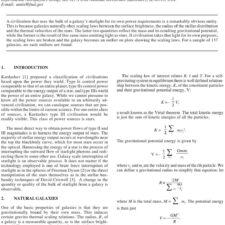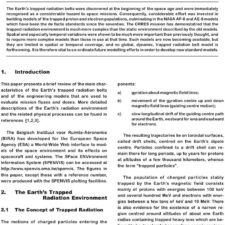A Rationale for Alien Megastructures
£5.00
G. L. Matloff (2017), JBIS, 70, pp.210-212
Refcode: 2017.70.210
Abstract:
Much attention has been devoted to the remarkable light curve observed by the Kepler spacecraft that is associated with transits of the F3 IV/V star KIC 8462852 (also dubbed “Tabby’s Star”) by an object (or series of objects) of stellar dimension. Although it may be difficult to prove whether the effects observed are due to an artifact constructed by an advanced extraterrestrial (ET) civilization or to a family of comets perturbed into a close encounter of this star by a stellar neighbour, this fascinating observation has prompted recent consideration of ET in-space megastructures. It has been postulated that such Dyson-Stapledon stellar shells (or swarms of smaller objects) might be constructed to provide energy or living space, to alter the galactic trajectory of the host star or to passively broadcast the civilization’s presence to distant observers. But there is a very utilitarian application to such a megastructure. Because a star’s luminous output increases as it ages, an ET civilization might use a solar sail of stellar dimension to alter the host planet’s orbit to maintain habitability. Here, we consider an Earth-like planet circling a Sun-like star that is entering the subgiant phase. It is shown that a ~million-kilometre dimension sail could move the planet from a 1 Astronomical Unit (AU) circular orbit to a 5 AU circular orbit on a logarithmic spiral trajectory during the 108 year subgiant phase of the star. The sail would be oriented to “pull” the planet outward in the same manner as a gravity tractor, which has been proposed as a technique to divert Earth-threatening asteroids. The enhanced stellar wind of the subagent star could be applied to maintain the constant separation of sail and planet. Electric-sail techniques could be applied to compensate for the inconstant nature of stellar winds during the planet-migration process.





